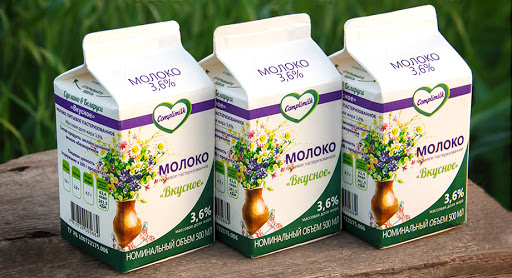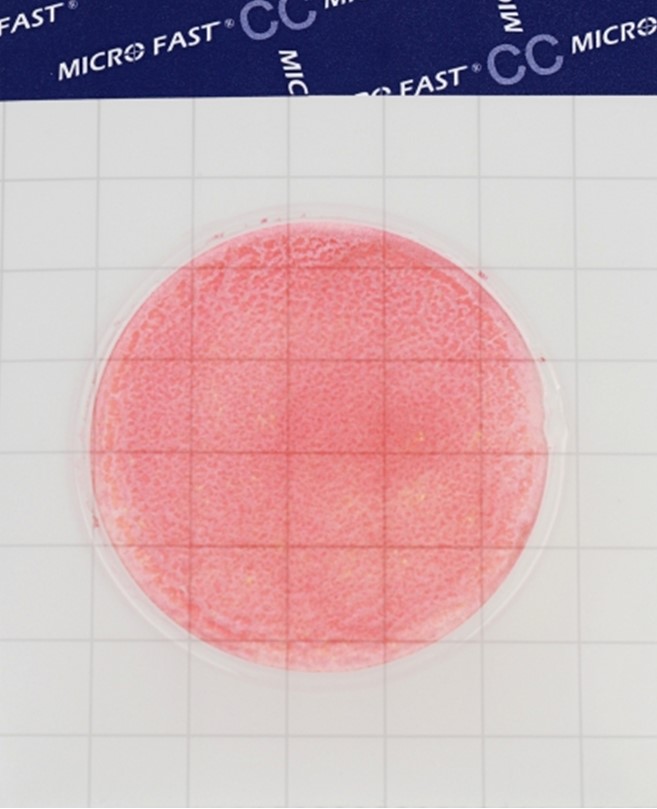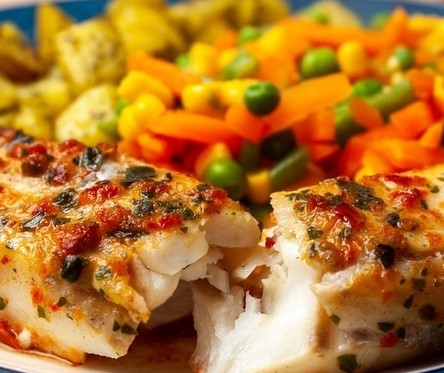Don livestock breeders will receive state support
As part of the implementation of the state program for the development of agriculture in the Rostov region, measures of state support for the livestock industry are being expanded. This was announced at a meeting in the Don government by the first deputy governor of the Rostov region Viktor Goncharov, noting that the Rostov region occupies the first rating positions among the regions of southern RUSSIA in the production of basic livestock products.
“There are positive trends in the development of the livestock industry in the Don region, and, according to the results of last year, the Rostov region in the Southern Federal District ranks first in the production of eggs and second in the production of MEAT and MILK,” Viktor Goncharov said. - Livestock farms receive state support, which contributes to the preservation of the breeding stock of farm animals, an increase in the production of meat and milk, as well as the modernization of dairy farms. In 2023, more than 1.3 billion rubles were allocated to support the industry. State support for animal husbandry includes 11 subsidies from the federal and regional budgets.”
The First Deputy Governor drew attention to the fact that dairy farming remains a priority for the development of the Don agro-industrial complex. Thus, according to the Ministry of Agriculture and Food of the Rostov Region, state support for this industry includes five subsidies.
Among them are subsidies to support domestic milk production per kilogram of commercial milk sold. More than 237 million rubles have been provided for these purposes, and to date, over 234 million rubles or 98% have already been transferred to livestock breeders.
Also an important area are subsidies to support breeding breeding stock. 180 million rubles have been allocated for them, including 40 million rubles for pedigree dairy farming, of which more than 31 million rubles or 79% have already been transferred to dairy farms.
As Deputy Minister of Agriculture and Food Sergey Pantyukhov noted, this type of state support helps to maintain the number of breeding stock and increase the milk productivity of breeding farms. Evidence of this is the milk yield per forage cow in breeding enterprises, which, at the end of 2022, amounted to 9-12 thousand kg of milk.
In addition, from 2022, farms intensively engaged in crop production and having large land areas will be reimbursed 40% of the costs for purchased equipment if they have started milk production this year. The rest of the farms are reimbursed - 20% of the costs.
Also, the purchase of equipment for dairy cattle breeding is subsidized from the regional budget, almost 43 million rubles are provided for these purposes. For subsidies for the purchase of breeding young cattle of the dairy direction, 90 million rubles are provided from the regional budget.
“From 2023, a new subsidy is provided to reimburse part of the costs of supporting dairy farming, which will help preserve the number of dairy cows, stimulate the growth of the number and volume of milk production, increase the profitability of its production, and help attract investors who are ready to create new dairy farms. 167 million rubles are provided for this,” Sergei Pantyukhov emphasized. As for beef cattle breeding, the Rostov Region will begin to subsidize meat production
from 2023small cattle sold to processing enterprises in the region. For these purposes, 99 million rubles were allocated from the regional budget.
Also this year, 300 million rubles have been allocated from the regional budget for the purchase of feed, compound feed, and their components, and more than 24 million rubles to support the production of wool obtained from fine-wool and semi-fine-wool breeds of sheep.
In addition, subsidies from the federal budget for the development of beef cattle breeding, with the exception of breeding animals, have exceeded 96 million rubles, and at the moment almost 200 recipients have already received this support.
As the participants of the meeting noted, state support gives its positive results in this sub-sector - the increase in the number of beef cattle over five years amounted to 133.5%.




























































